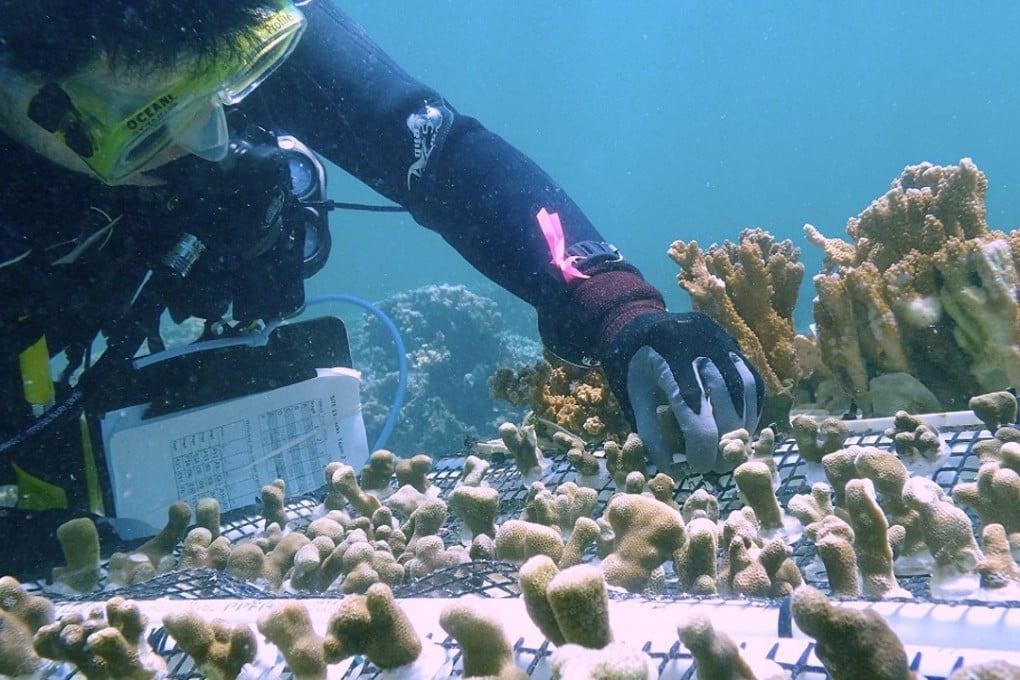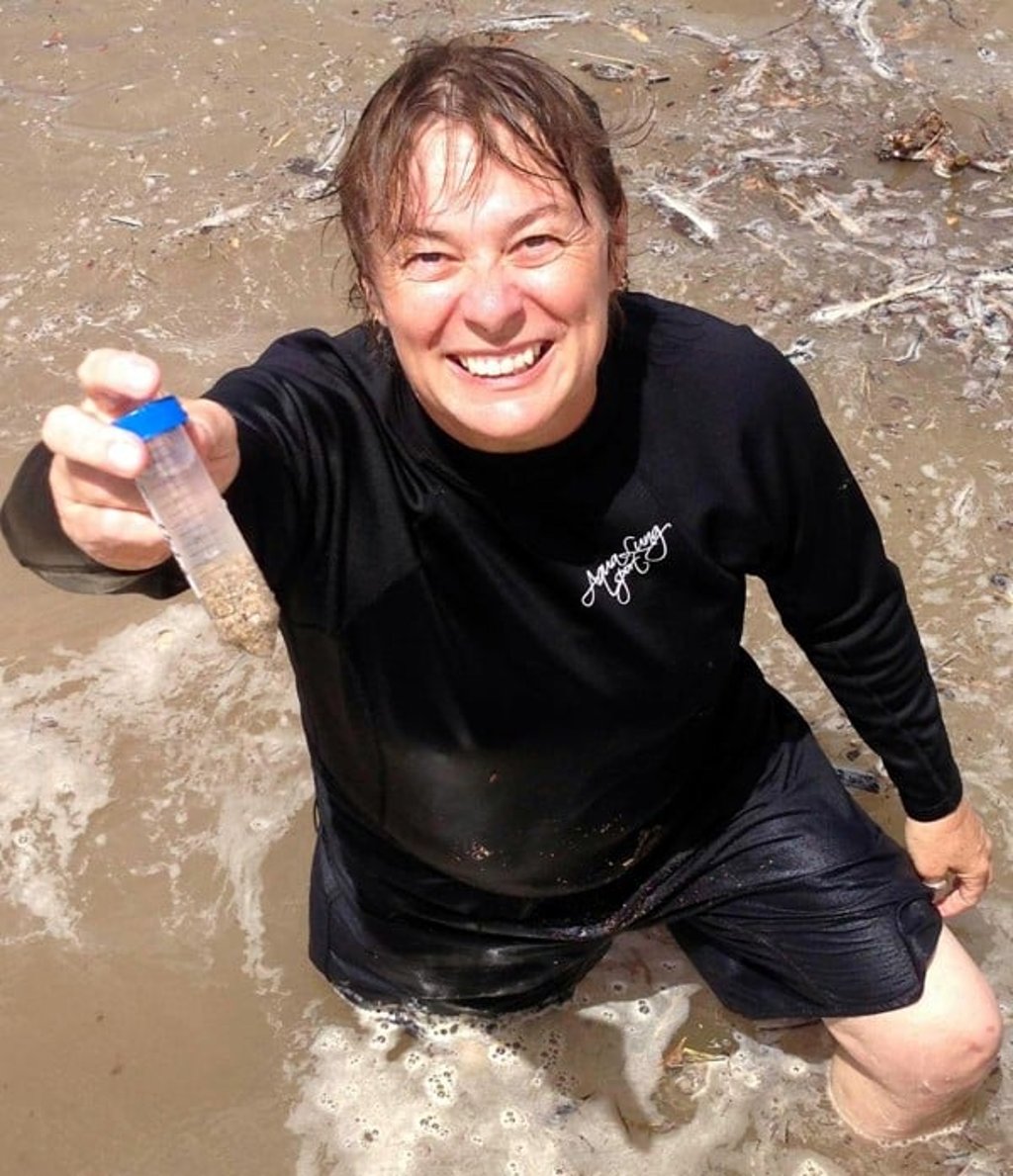Saving the world’s coral to avert a wipeout of irreversible costs
With warmer weather destroying coral reefs, scientists – who estimate that 90pc will be gone by 2050 – are fighting against time to breed and multiply them in labs, and ultimately return them to the ocean

I meet Dr Ruth Gates one morning in Kaneohe Bay, a sheltered cove on the southeast coast of Oahu, Hawaii. She is taking me to Coconut Island, a small island visible from shore but accessible only by speedboat. Gates, in her mid 50s, is the director of Hawaii’s Institute of Marine Biology and principal investigator at the Gates Coral Lab, and the president of the International Society for Reef Studies, as well as the author of more than 100 scientific papers and a frequent public speaker. From her modest base, she is hoping to transform the world’s oceans.
Coconut Island, which once belonged to an eccentric billionaire who fashioned it into a private retreat in the 1930s, is now the research facility for the Hawaii Institute of Marine Biology. The island’s location is ideal as its coral reefs are easily accessible to Gates and her team of researchers who have, for the past four years, been attempting to breed a strain of climate-change resistant corals. Success in the programme could save as much as US$9.9 trillion (most recent available figure), a value attached to coral reefs according to research by Dr Tony Juniper and the UN Environment World Conservation Monitoring Centre, as reported by BBC Earth.
In 2013, Gates won billionaire Paul Allen’s Ocean Challenge prize, a US$4 million endowment to selectively breed a tougher variety of corals – “human assisted evolution” as it is sometimes called. The aim is to produce a climate-adapted coral species to help bring the world’s ailing reefs back to life.
Gates and her team are trying to understand why some corals survive bleaching events – when an environmental trigger such as rising ocean temperatures or increased acidity levels causes corals to turn white and stop growing – while others, sometimes just inches away, die off. “My whole career has been framed by this question of what makes one coral survive in conditions that kill another,” Gates said.
Gates’ career has also corresponded with a distressing period for the world’s reefs. Gates studied at Newcastle University in England and then moved to Jamaica in the mid-1980s to study corals, only to witness half of Caribbean coral cover die due to overfishing, pollution and development.
She continued her research at the University of Hawaii just as climate change was beginning to threaten coral populations. A bleaching event in 1998 killed around 15 per cent of corals worldwide. Bleaching events were recorded in 2002 and 2016 as weather conditions are mapped onto increased base temperatures.

The typical approach to reef conservation has been to protect reefs from human activity. But the effects of climate change affect reefs whether they are protected or not.